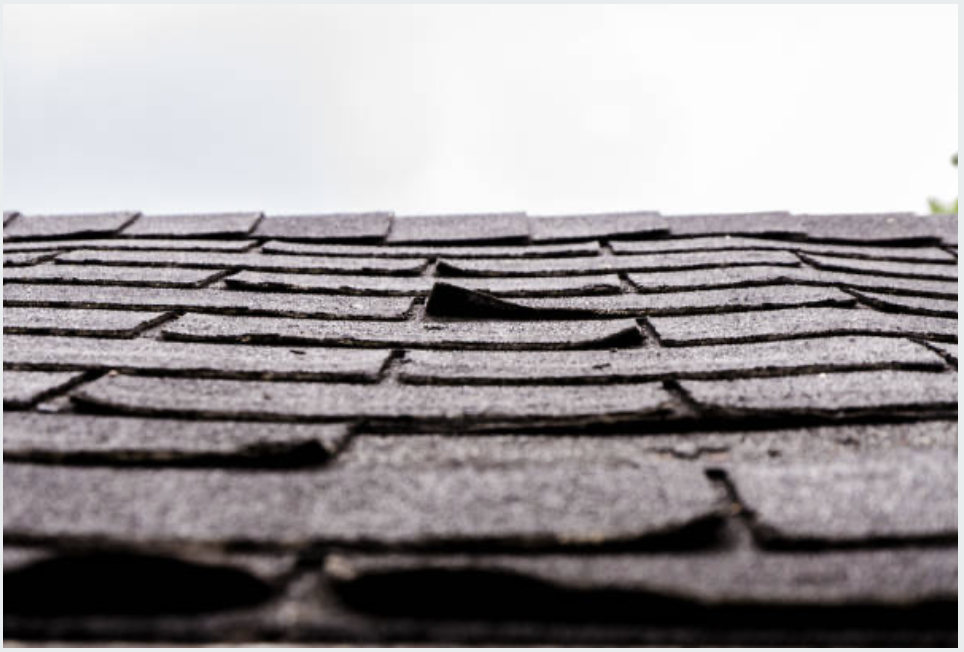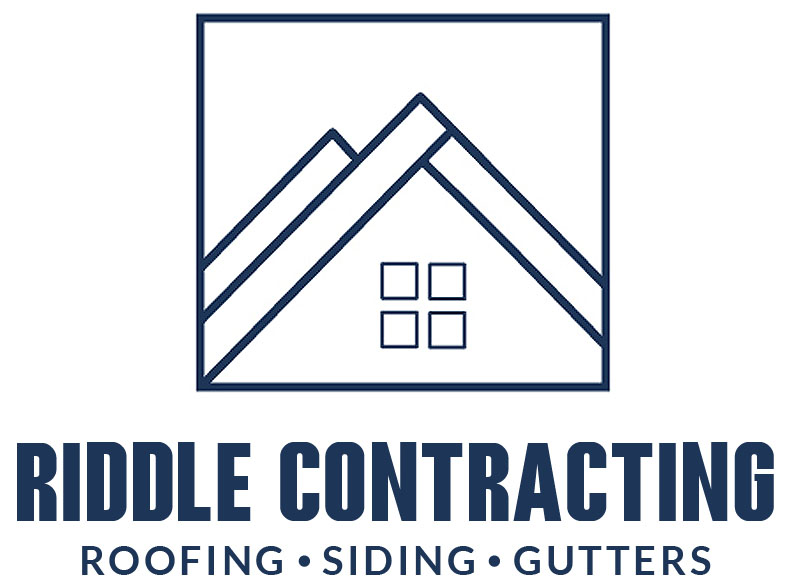Author
Matt
Share
Author
Matt
Share

Signs of an Aging Roof: How to Spot the Warning Signs Before It’s Too Late
A roof is one of the most vital components of your home, protecting you and your family from the elements and maintaining the structural integrity of your property. However, like all things, roofs have a lifespan. Over time, exposure to the sun, wind, rain, and other environmental factors can cause your roof to age. If left unchecked, this can lead to expensive repairs or even premature roof replacement. Recognizing the signs of an aging roof is essential for preventing further damage and protecting your home. Here are some key indicators that your roof may be showing its age.
1. Curling or Buckling Shingles
One of the most noticeable signs of an aging roof is curling or buckling shingles. As your roof ages, the materials can begin to lose their flexibility, causing them to curl at the edges or buckle in the middle. This is often a result of weather exposure and the natural breakdown of the shingles’ protective oils. If left unchecked, curled or buckled shingles can allow water to seep under the surface, leading to leaks, water damage, and even structural issues within your home. If you notice this, it’s a good idea to call a professional to assess the condition of your roof.
2. Missing or Damaged Shingles
If you see shingles that are missing or visibly damaged, it’s a clear indication that your roof is aging. Over time, shingles may break, crack, or be blown off by strong winds or heavy storms. Missing shingles expose the underlying layers of your roof to the elements, making it more susceptible to leaks and other forms of damage. Even minor damage can compromise the effectiveness of your roof’s ability to protect your home. Be sure to replace any missing or damaged shingles promptly to prevent further deterioration.
3. Granules in Gutters or on the Ground
As asphalt shingles age, they begin to lose their granular coating. These granules protect your shingles from UV damage, help with water runoff, and provide extra durability. If you find an accumulation of granules in your gutters or on the ground around your home, it may indicate that your shingles are nearing the end of their lifespan. A gradual loss of granules can also cause your shingles to become more susceptible to damage from the sun and weather. If you notice a significant amount of granules, it may be time to consider replacing your roof.
4. Sagging Roof Deck
A sagging roof deck is a serious warning sign that your roof may be deteriorating. This could be due to structural issues such as water damage, which weakens the underlying support beams and decking. A sagging roof not only indicates that the roof is aging but could also signal more severe problems like mold growth, rot, or even the possibility of a collapsed roof. If you notice any sagging, it’s important to have a roofing professional inspect the roof immediately. Ignoring this issue can lead to costly repairs or potential safety hazards.
5. Leaks or Water Stains in the Attic or Ceiling
Leaks are often the first noticeable sign that something is wrong with your roof. If you notice water stains on your ceiling or in the attic, this could indicate a problem with your roof’s ability to keep water out. While small leaks may seem minor, they can lead to mold growth, rot, and more significant damage to your home’s interior. Leaks are especially common in older roofs, as the materials break down over time. If you spot any signs of water infiltration, it’s essential to address the problem immediately by having a professional roof inspection.
6. Sunlight Visible in the Attic
Another sign that your roof may be aging or in poor condition is visible sunlight shining through your attic. If sunlight can make its way through the roof, this means there are gaps or holes in the roofing materials. Not only does this allow water to enter during storms, but it can also cause drafts and reduce the energy efficiency of your home. While it might seem like a small issue, it’s a clear indication that your roof needs attention.
7. Excessive Moss or Algae Growth
Moss and algae growth on your roof may not seem like a major issue, but over time, they can cause significant damage. Moss can trap moisture against the shingles, leading to wood rot and other forms of deterioration. Algae growth, on the other hand, often appears as dark streaks running down the roof. While algae itself doesn’t cause damage, it’s a sign that moisture is being retained on the roof’s surface, which can lead to long-term issues. Regularly cleaning your roof and removing any growth can help prevent further damage and extend the life of your roof.
8. Age of the Roof
The age of your roof is one of the most important factors to consider when assessing its condition. Asphalt shingle roofs typically last between 20 and 30 years, while metal and tile roofs can last much longer. If your roof is approaching or has surpassed its expected lifespan, it’s time to start monitoring for other signs of aging. Even if the roof appears to be in good condition, an aging roof is more likely to suffer from hidden damage that may not be immediately visible. If you’re unsure about the age of your roof, a professional roofing contractor can provide an estimate based on the materials and style of your roof.
Conclusion
Recognizing the signs of an aging roof is essential for preventing costly repairs and protecting your home from damage. If you notice any of these warning signs, it’s important to have your roof inspected by a professional. Early intervention can extend the life of your roof and help you avoid more significant issues down the road. Regular roof maintenance and inspections are key to ensuring that your roof continues to provide reliable protection for years to come.





